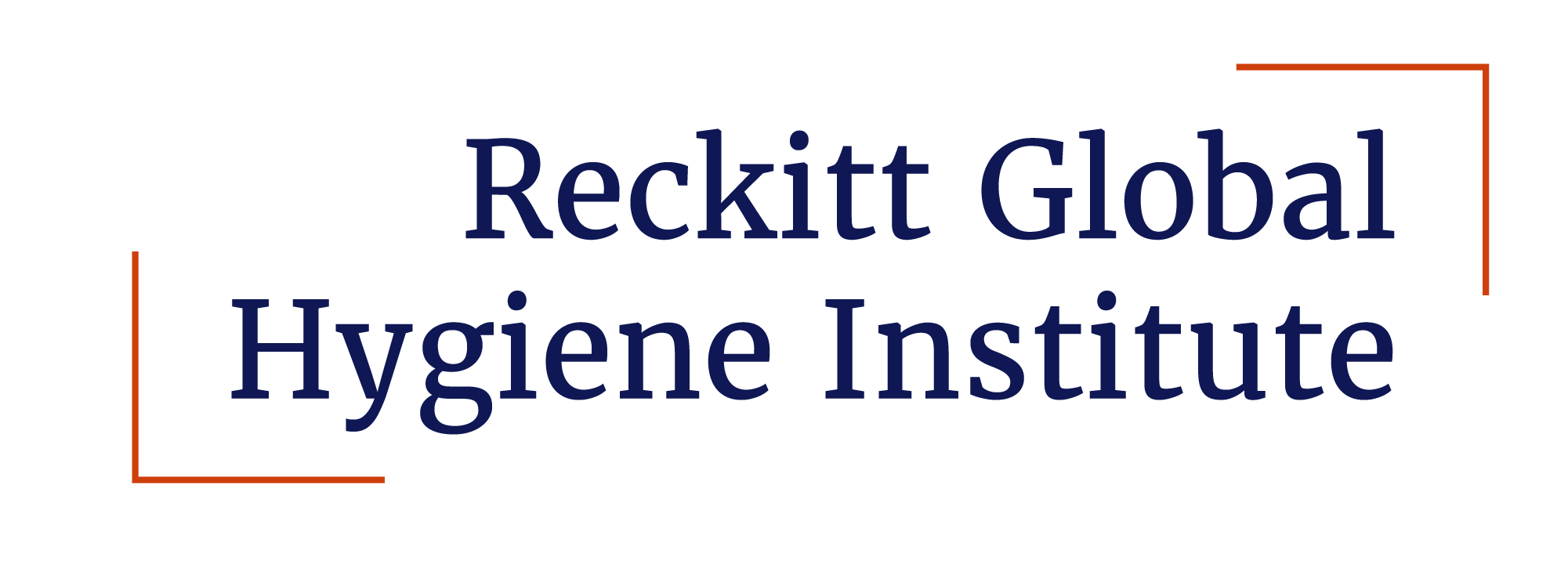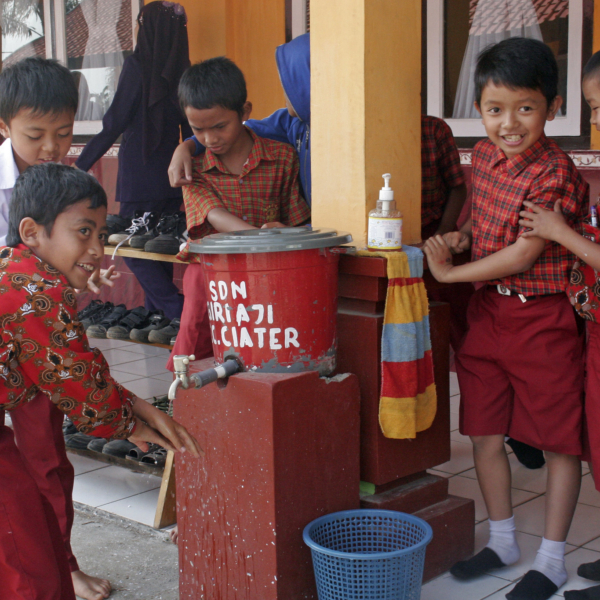Water, sanitation, and hygiene (WASH) interventions are considered key barriers to reducing exposure to enteric pathogens and limiting adverse health impacts.
In settings where access to safe WASH services is limited, exposure to enteric pathogens likely occurs frequently and in multiple ways, for example through consuming contaminated food or water or not practicing handwashing at key moments. In these settings, water, sanitation, or hygiene interventions that do not address the totality of exposure pathways may have a more limited effect on outcomes than expected. Identifying these gaps in existing WASH interventions is consequently critical for improving them and developing more effective and holistic WASH interventions.
This study is designed with three goals centred on exploring how hygiene behaviours influence the impact of sanitation on enteric pathogen exposure. The study is nested within an existing trial of a simplified sewerage intervention in low-income, informal neighbourhoods of Salvador, Brazil.
First, researchers are identifying the primary hygiene-related exposure pathways in the domestic environment, using a combination of questionnaires, measurements of faecal contamination, and observations of participant behaviour to describe how pathogens move through the household environment.
Second, the study is testing whether the intervention changes any of these exposure pathways.
Third, hygiene practices are being assessed to determine whether certain practices or conditions, for example reported handwashing, increases or decreases the effect of the intervention on enteric pathogen exposure and diarrhoeal disease among adults.
This work will provide insights into how hygiene and sanitation can work together to improve outcomes in high-exposure settings, as well as generate a list of context-relevant hygiene recommendations that help reduce exposure along identified pathways.
- Research Team Members: Dr. Max Eyre, Dr. Daiana Oliveria, Dr. Albert Ko & Dr. Mitermayer Reis

